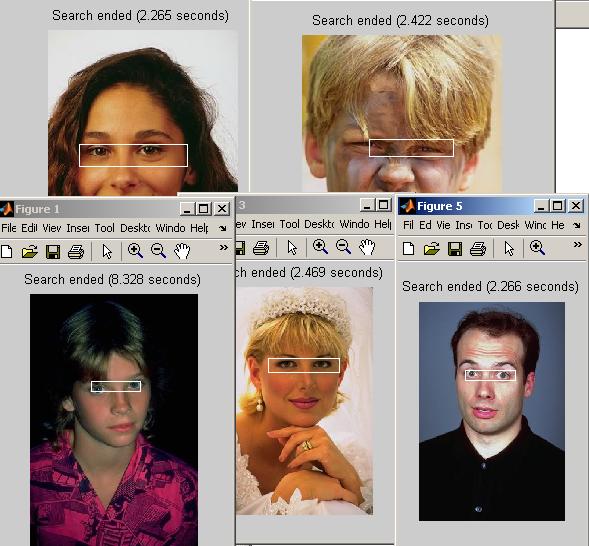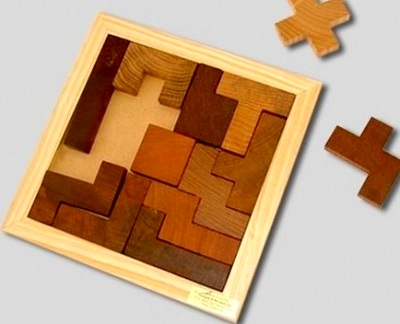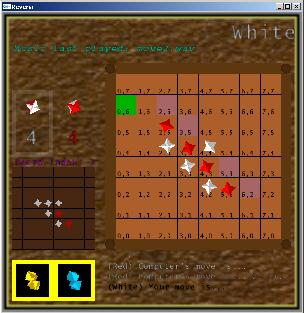Convert SAE J1939 ID To PGN
Given an SAE J1939 extended ID (CAN 2.0B standard), this tool will compute the Priority (as binary), EDP (as binary), DP (as binary), PGN (as decimal and binary), PF (as decimal, hexadecimal, binary), PS (as decimal, binary), SA (as decimal, binary), PDU1 or PDU2.J1939 ID to Priority, EDP, DP, PGN, PF, PS, SA, PDU1/PDU2
Instruction: Simply fill in the J1939 ID text field or PGN text field and press Enter for the text labels to populate.
Here are the definitions of the terms:
J1939 ID: A 29-bit data representing the SAE J1939 extended ID (CAN 2.0B ID) of a CAN bus message.
Priority: A 3-bit field indicating the priority of this data frame. The priority of a frame, however, is determined by the entire 29-bit CAN2.0B ID.
Extended Data Page (EDP): A 1-bit field which is almost always 0.
Data Page (DP): A 1-bit field which is almost always 0.
Parameter Group Number (PGN): PGN identifies the type of information of this CAN bus message. For example PGN 65132 is Tachograph data, including tachograph performance, direction indicator, tachograph vehicle speed. You can find detailed information on PGNs in SAE J1939-71 spec sheet.
PDU Format (PF): An 8-bit data. If it's less than 240 as decimal, it's classified as PDU1. Otherwise, it's classified as PDU2.
PDU Specific (PS): If it's PDU1, PS is equal to the destination address (DA) of this message. If it's PDU2, PS is known as GE, or group extension, which is part of the PGN.
Source Address (SA): A 16-bit data representing the source address of this message.
PDU Type: Either PDU1 or PDU2 as defined above.
You can find all SAE J1939 spec sheets at https://www.sae.org/standardsdev/groundvehicle/j1939a.htm. Any questions let me know!





